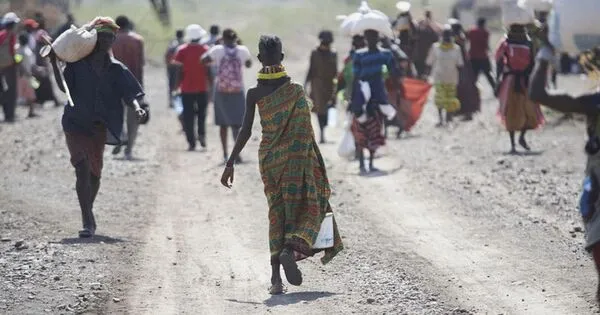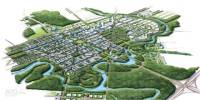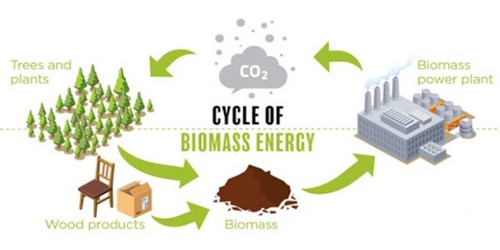People who are forced to leave their home region due to sudden or long-term changes in their local or regional environment are referred to as environmental migrants. People who are forced to leave their homes and communities due to environmental changes and disruptions are referred to as climate migrants or environmental refugees.
These changes, which include increased drought, desertification, sea level rise, and disruption of seasonal weather patterns (such as monsoons), jeopardize their well-being or livelihood. Natural disasters such as hurricanes, floods, wildfires, and droughts, as well as slow-onset environmental changes such as rising sea levels, soil degradation, deforestation, and desertification, can all contribute to these changes.
These environmental factors can have a significant impact on people’s livelihoods, access to resources, and overall living conditions, rendering their current locations unsustainable and uninhabitable. As a result, they are forced to migrate to other parts of the country or regions in search of better living conditions and opportunities.
Though there is no universally accepted definition of environmental migration, the concept is gaining traction as policymakers, environmental and social scientists, and others attempt to conceptualize the potential social consequences of climate change and other environmental degradation, such as deforestation or overexploitation.
Environmental migration is a complex issue that is closely linked to climate change and environmental degradation. As the frequency and intensity of extreme weather events increase, and as environmental conditions deteriorate in certain regions, the number of environmental migrants is expected to rise. This phenomenon can lead to a range of social, economic, and political challenges for both the migrants and the communities they move to.
It’s worth noting that the term “environmental migrant” is not recognized in international law, and these people may not always fit into existing legal definitions of refugees or displaced people. As a result, they may face a variety of challenges in terms of legal recognition, access to services, and protection.
Addressing the challenges posed by environmental migration necessitates extensive and coordinated national and international efforts. This includes policies and initiatives aimed at reducing and adapting to climate change, strengthening vulnerable communities, and assisting and protecting environmental migrants.
















